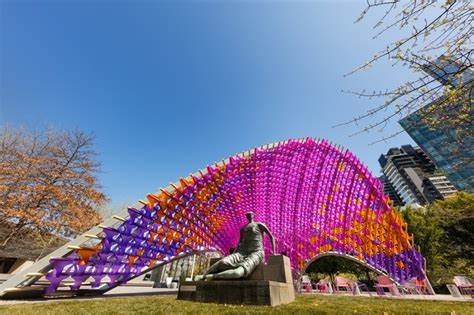In the realm of solar technology, constant innovation paves the way for more efficient and powerful solutions. One such innovation is the PERC solar panel, a breakthrough that has reshaped the solar energy landscape. This article takes you on a journey through the world of PERC solar panel, exploring their unique features and the transformative impact they hold on the future of renewable energy.
Contents
Introducing PERC Solar Panels
Passivated Emitter and Rear Cell (PERC) technology is a remarkable advancement in solar panel design. Unlike traditional solar cells, PERC cells incorporate a specialized passivation layer on the rear side, allowing for enhanced light absorption and electron capture. This innovation increases overall efficiency, ensuring that a higher percentage of sunlight is converted into usable electricity.
Read Also: Navigating the Market Exploring the Dynamics of Polycrystalline Solar Panel Prices
The Anatomy of Efficiency
PERC solar panels optimize solar energy conversion through several distinctive features:
- Enhanced Electron Capture: The passivation layer on the rear side of the cell minimizes electron recombination, enabling more efficient electron capture and transportation. This translates to higher electricity production from the same amount of sunlight.
- Light Reflection Reduction: The innovative design of PERC cells reduces light reflection, ensuring that a greater portion of incident sunlight penetrates the cell for conversion. This contributes to improved energy yield and panel performance.
- Extended Spectral Range: PERC technology broadens the solar cell’s ability to capture light across a wider spectrum. This means that even in conditions of low or indirect sunlight, PERC panels can continue generating electricity effectively.
- Higher Power Output: The increased efficiency of PERC solar panels results in higher power output from the same panel area. This makes them an ideal choice for installations with limited space or for maximizing energy production from available rooftop space.
The Impact on Solar Energy
The advent of PERC technology has sparked a transformative shift in the solar energy industry:
- Increased Energy Yield: PERC solar panels typically yield more energy compared to conventional panels. This boost in efficiency can lead to quicker returns on investment for residential and commercial users.
- Space Optimization: As urban landscapes become more crowded, optimizing available space for solar installations is crucial. The higher power output of PERC panels allows for greater energy generation from smaller areas, making them an excellent solution for space-constrained environments.
- Grid Parity Acceleration: Grid parity, where the cost of solar energy equals or becomes cheaper than traditional grid electricity, is a significant milestone for renewable energy adoption. PERC technology’s efficiency gains contribute to faster achievement of grid parity.
- Environmental Impact: The higher energy yield of PERC panels reduces the need for additional panels, minimizing the environmental footprint of solar installations. This aligns with global efforts to reduce carbon emissions and combat climate change.
Looking Ahead
As solar technology continues to evolve, the potential for PERC solar panels remains promising. Ongoing research and development aim to refine and optimize this technology further, potentially leading to even higher efficiencies and broader applications.
PERC solar panels represent a game-changing innovation in the solar industry. Their enhanced efficiency, increased energy yield, and potential for widespread adoption position them as a vital player in the global transition toward sustainable energy sources. As the world seeks to harness clean energy more effectively, PERC technology stands as a beacon of hope, illuminating the path to a brighter and greener future.






















